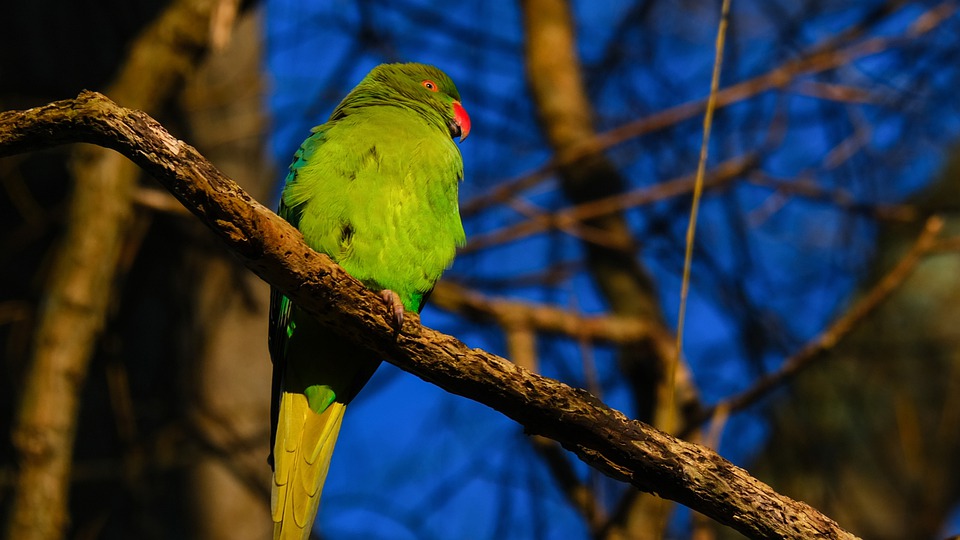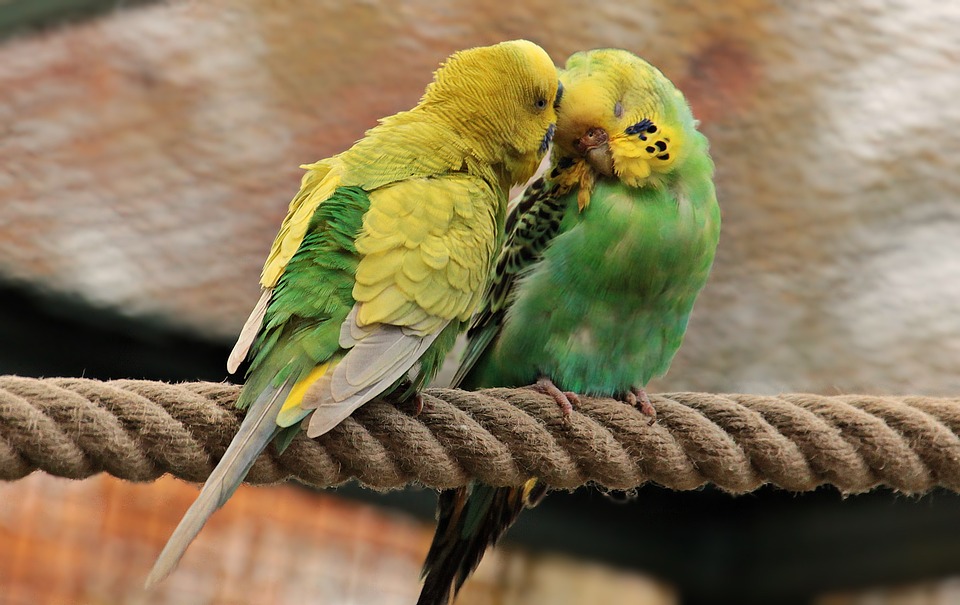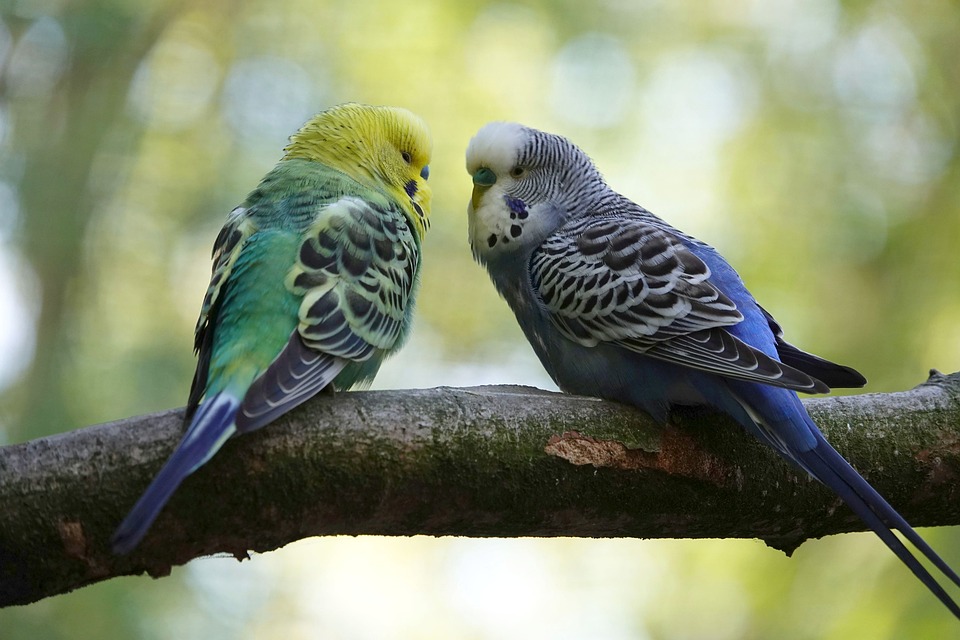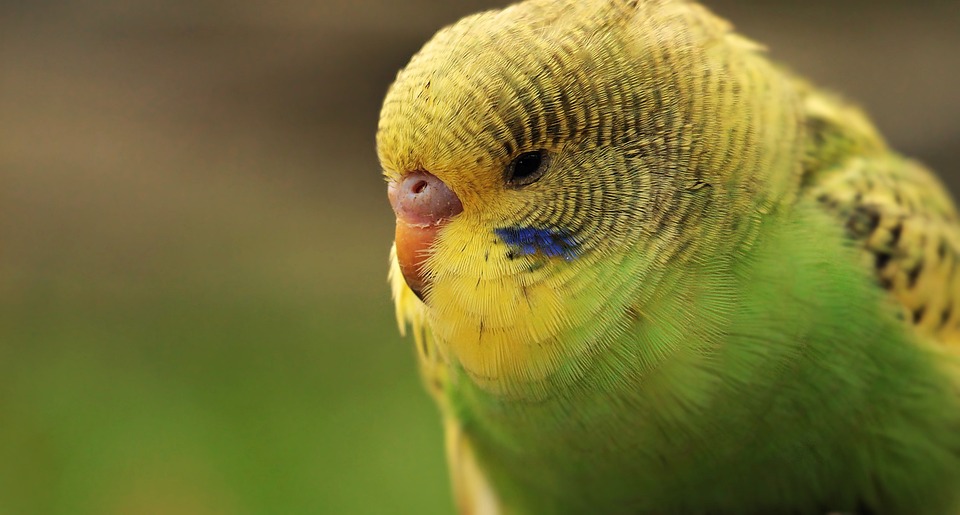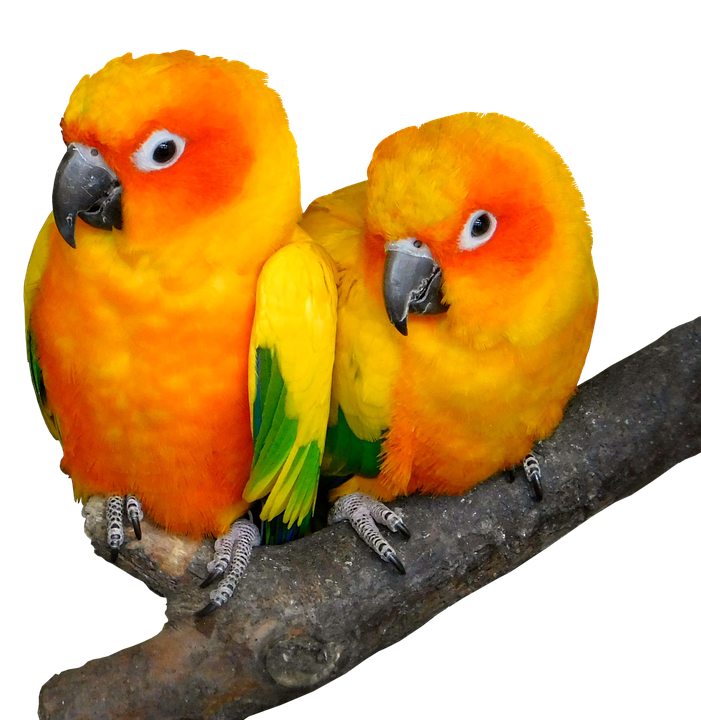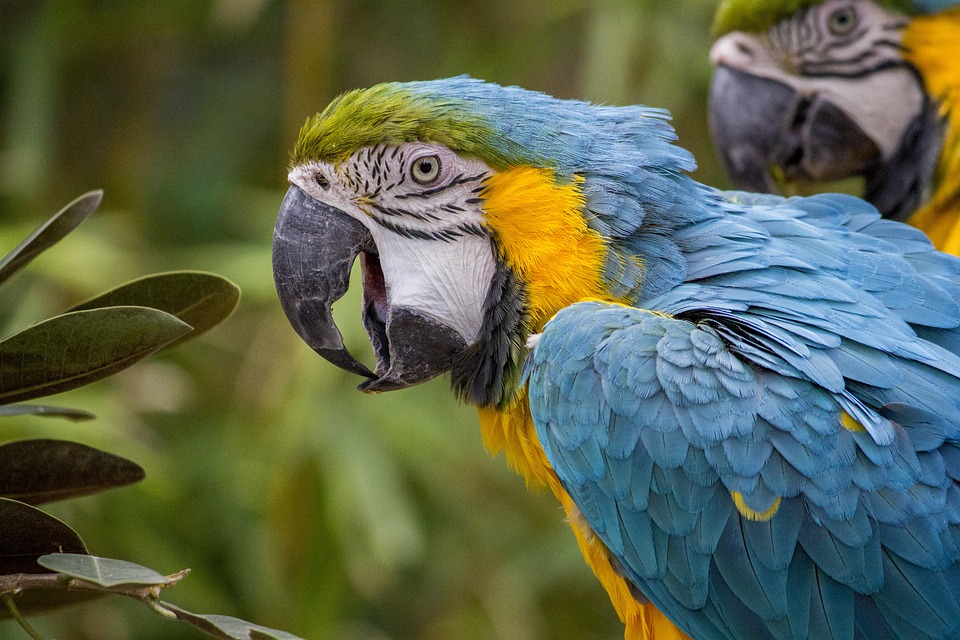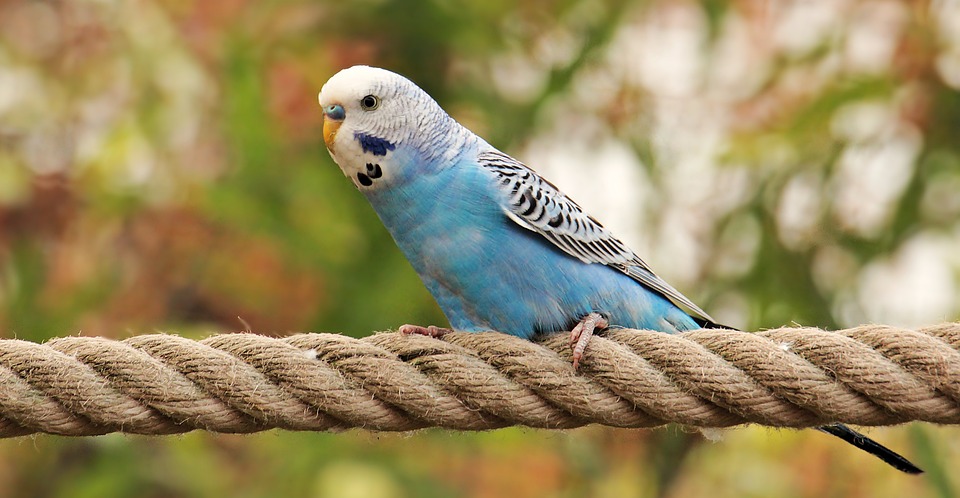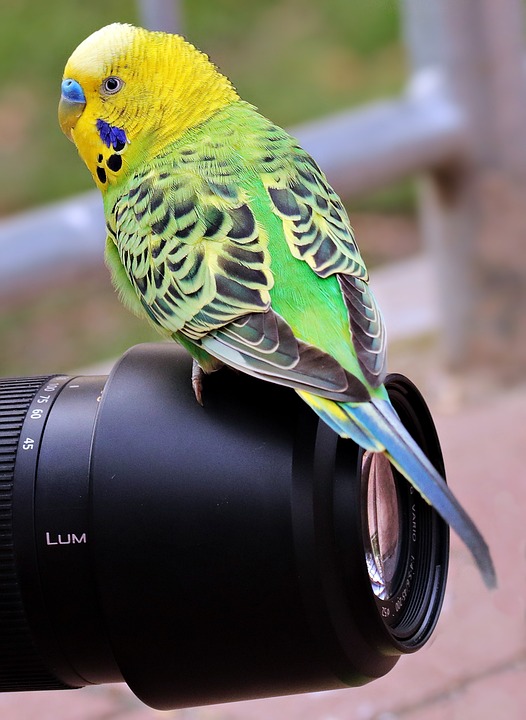Training parrots can be both rewarding and challenging. One of the key factors in successful training is recognizing signs of focus and attention from your feathered friend. By understanding these signs, you can adapt your training techniques and ensure a productive training session. In this article, we will explore different ways to identify signs of focus and attention in your parrot and provide tips on how to work through challenging tricks.
Parrots, like any other animals, exhibit specific behaviors that indicate their focus and attention levels. One of the most obvious signs is eye contact. When a parrot maintains eye contact with you during a trick, it signifies a high level of focus and attention. Direct eye contact demonstrates that your parrot is actively engaged and ready to learn.
Body language is another important indicator to look for. Pay attention to your parrot’s posture and feather condition. If your bird is displaying an upright posture with smooth and relaxed feathers, it suggests that they are attentive and focused. On the other hand, fluffed feathers, a hunched posture, or rapid head movements may indicate disinterest or distraction.
Parrots often vocalize during training sessions. Listen for clear and distinct vocalizations, such as chirping, mimicking sounds, or repeating words and phrases you have taught them. These vocal cues indicate attentiveness and eagerness to participate.
Another sign of focus and attention is the positive reinforcement response. When your parrot responds positively to rewards, such as treats or praise, it indicates their focus and attention. Look for signs of excitement, such as hopping, flapping wings, or vocalizing in anticipation of a reward.
Sometimes, training parrots can be challenging, especially when introducing new and complex tricks. However, with the right approach, you can overcome these challenges and ensure your parrot’s progress. Here are some helpful tips:
1. Break it down: If your parrot is struggling with a particular trick, try breaking it down into smaller, more manageable steps. By teaching each step separately and gradually combining them, you can help your parrot understand and master the entire trick.
2. Use visual aids: Incorporating visual aids, such as target sticks or props, can simplify complex tricks and make them easier for your parrot to comprehend. Visual cues offer a clear and visual representation of what you expect from your parrot, aiding their focus and understanding.
3. Patience and consistency: Patience is key when training any animal. If your parrot is not grasping a trick immediately, avoid frustration or punishment. Instead, be consistent with your training sessions, reinforcing positive behavior and rewarding small steps towards the desired outcome.
4. Practice in short sessions: Parrots have shorter attention spans, so it’s crucial to keep training sessions short and engaging. Frequent, brief sessions (around 10-15 minutes) will help maintain your parrot’s focus and prevent boredom or fatigue.
Here are some frequently asked questions about parrot training:
Q: Can I train my parrot to perform tricks if it is older?
A: Absolutely! Parrots of all ages can learn new tricks. However, older parrots may take longer to adapt to new training methods, so patience and consistency are crucial.
Q: What if my parrot loses focus during a training session?
A: If your parrot becomes distracted or loses focus during a training session, it’s important to identify the cause. Assess their environment for any potential distractions and address them accordingly. Additionally, consider whether your parrot might need a break or is simply tired.
Q: Are all parrots equally trainable?
A: Parrots are highly intelligent creatures, and while individual aptitude may vary, most parrots can be trained to perform tricks. The key lies in finding the right training techniques that suit your parrot’s personality, preferences, and learning style.
Q: How can I make training sessions more fun and engaging for my parrot?
A: Incorporating interactive toys, utilizing positive reinforcement, and offering a variety of rewards (such as treats, favorite toys, or verbal praise) can make training sessions more enjoyable and motivating for your parrot.
By recognizing signs of focus and attention in your parrot, you can adapt your training methods accordingly and foster a more successful training experience. Remember to be patient, consistent, and always reward your parrot’s efforts. With time and effort, you’ll witness your parrot’s intelligence and abilities flourish through exciting and challenging tricks.

